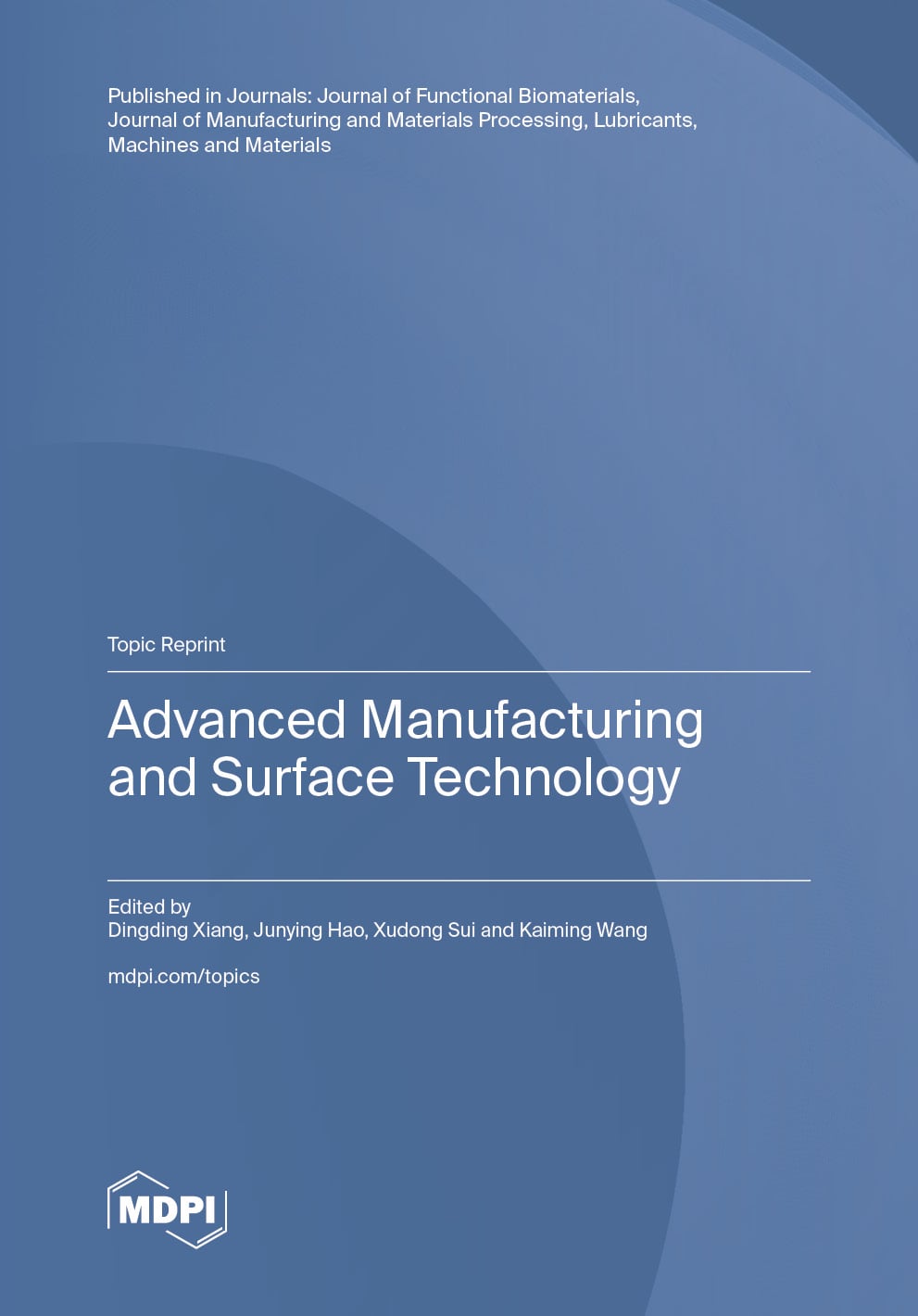- 3.3Impact Factor
- 5.2CiteScore
- 17 daysTime to First Decision
Journal of Manufacturing and Materials Processing
Journal of Manufacturing and Materials Processing is an international, peer-reviewed, open access journal on the scientific fundamentals and engineering methodologies of manufacturing and materials processing published monthly online by MDPI.
Quartile Ranking JCR - Q2 (Engineering, Mechanical | Engineering, Manufacturing | Materials Science, Multidisciplinary)
All Articles
News & Conferences
Issues
Open for Submission
Editor's Choice
Reprints of Collections

Reprint
Advanced Manufacturing and Surface Technology
Editors: Dingding Xiang, Junying Hao, Xudong Sui, Kaiming Wang

Reprint
Advanced Composites Manufacturing and Plastics Processing
Editors: Patricia Krawczak, Ludwig Cardon

